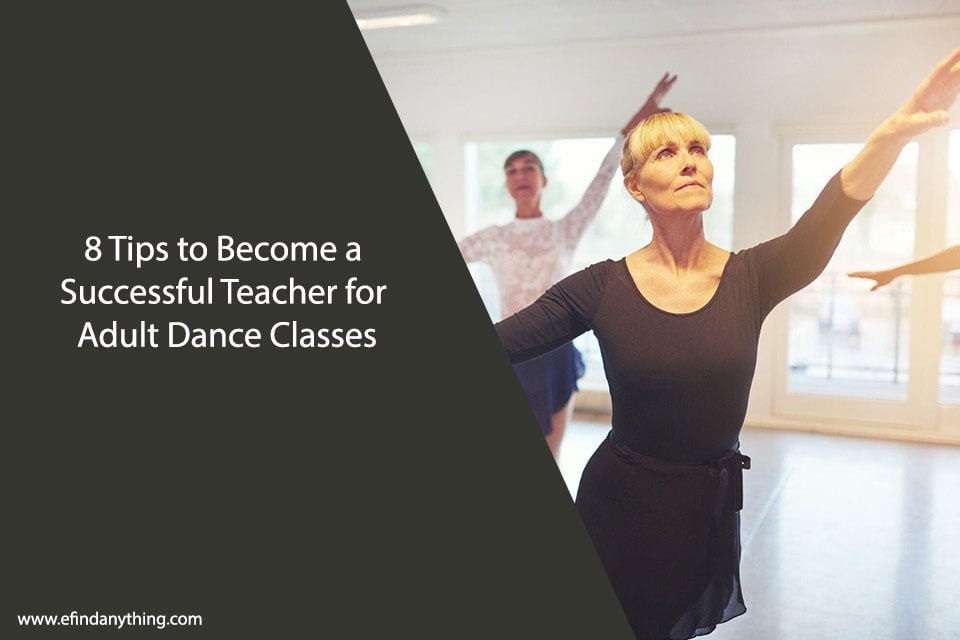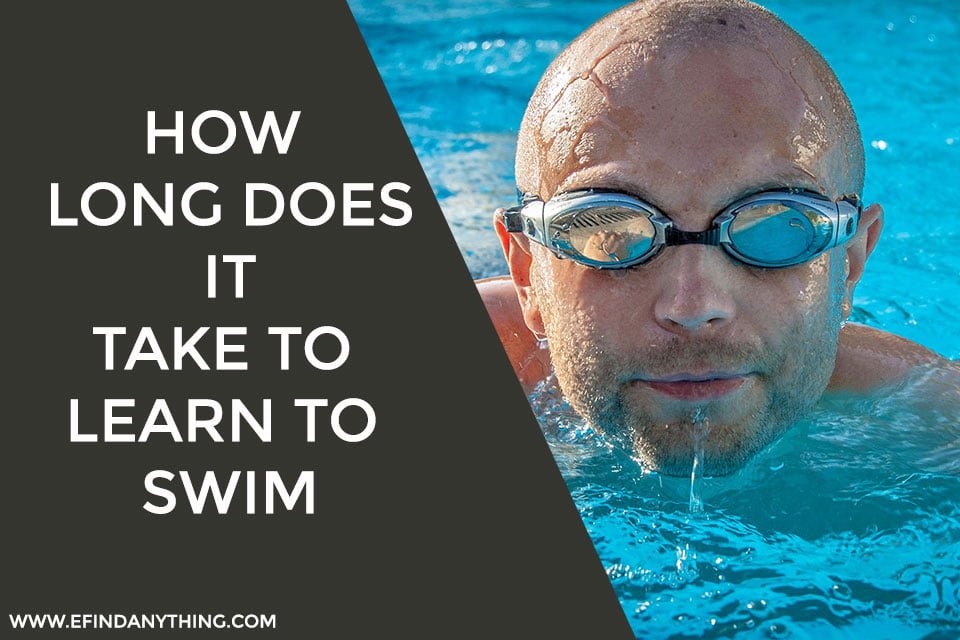
Do you have a passion for dance and a desire to inspire adults to express themselves through movement? As an adult dance teacher, you have the opportunity to ignite that same passion in others. But, it’s not always as easy as it sounds.
Teaching adult dance classes can present a unique set of challenges, but with the right approach, you can overcome them and lead your students to dance class success.
In this guide, we’ll offer 8 tips that can help you become the inspiring, effective, and successful adult dance teacher you aspire to be. Ready to step into success? Let’s dance!
Table of Contents
1. Understand Your Students
Adult students come from various backgrounds and have different reasons for attending your dance class. Some may be looking for a fun, creative outlet or a new way to stay fit. Others may have danced in their youth and want to reignite their passion.
Understanding your students’ motivations and goals is essential in tailoring your lessons to meet their needs. Reach out to them, ask questions about their aspirations, and listen to their answers.
2. Tailor Your Teaching Style
Each student has a different learning style and pace. As an effective adult dance teacher, it’s crucial to adapt your teaching style to accommodate these differences. This approach may involve demonstrating moves from different angles, breaking down complex routines into simpler steps, or using various teaching aids.
A flexible teaching style can make your classes more accessible and enjoyable, which in turn, promotes a positive learning environment. Remember, the key to successful teaching lies in the ability to adjust and modify your teaching strategies according to your student’s needs.
3. Focus on Building a Strong Foundation
Dance, like any other discipline, requires a solid foundation to build upon. As an adult dance teacher, your initial focus should be on helping your students build this strong foundation. Start with basic steps and gradually introduce more complex moves.
Ensure your students understand and master the fundamental elements of dance, such as rhythm, coordination, balance, and body awareness. This step is especially crucial for adult beginners who may find the dynamics of dance quite challenging.
Remember, a house built on sand cannot stand; likewise, a dancer without a solid foundation cannot progress. With patience and consistency, laying a strong dance foundation can catalyze your students’ progression and enhance their overall dance experience.
4. Create a Safe and Comfortable Dance Environment
Creating a safe and comfortable environment for your adult dance class is of utmost importance. This means ensuring that the physical space is free from hazards that could cause injury, such as cluttered areas or slippery floors. In addition to physical safety, psychological safety is equally important.
As an instructor, cultivate a supportive and non-judgmental space where students feel comfortable making mistakes and expressing themselves. Encourage open communication and respect among students, and alleviate any fears or insecurities they may have about learning to dance.
An environment free from judgment and full of positive reinforcement will make students more eager to participate, learn, and grow.
5. Encourage Practice Outside of Class
Practicing outside the classroom is crucial for mastering any skill, and dance is no exception. Encourage your students to practice the steps and routines learned in class at home and online. This additional practice not only helps reinforce what they have learned but also enhances their confidence and fluency in dance.
Moreover, it allows them to connect with the dance on a more personal level, translating the movements into their own unique expression. Consider providing practice videos or written instructions that students can refer to during their at-home practice. Remember, consistent practice is the key to becoming a proficient dancer.
6. Offer Supportive and Positive Critiques
A crucial role of an adult dance teacher is to provide constructive feedback to students. This feedback should focus not only on areas for improvement but also acknowledge their progress and achievements.
When giving critiques, it’s essential to be specific, practical, and positive. Instead of focusing on what’s wrong, highlight how they can improve. For instance, instead of saying, “That step was wrong,” say, “Try shifting your weight more to your left when doing that step; it will look smoother.”
Encouraging words alongside constructive critiques can boost students’ confidence and motivate them to strive for improvement. Remember that your goal is to help your students grow and evolve as dancers, and your feedback should reflect that.
7. Keep Learning and Improving Yourself
In the dynamic world of dance, trends evolve, and new styles emerge regularly. As a dance teacher, it’s essential to keep up with these changes and continually upgrade your skills. Attend workshops, seminars, and training programs to broaden your knowledge and elevate your competence. The more you learn, the better you can teach.
Remember, your students look up to you as a source of inspiration and guidance. So, investing in your personal growth will not only enhance your teaching capabilities but also inspire your students to push their boundaries and strive for excellence.
Moreover, embracing a learner’s mindset will help you relate better to your students’ experiences, thereby fostering a more empathetic and effective teaching approach.
8. Celebrate Progress and Success
Even small milestones are worth celebrating in the world of dance. Recognizing your students’ progress, whether it’s perfecting a difficult step, overcoming stage fright, or simply showing up consistently to lessons, is vital to their ongoing motivation and self-confidence.
As a dance teacher, make sure to celebrate these victories, no matter how small or big they may seem. This could be as simple as giving verbal praise in class, sending a congratulatory message, or even hosting a small party or recital to showcase your students’ improvement.
Remember, progress is progress, and every step forward deserves applause. This acknowledgment not only boosts your students’ self-esteem but also fosters a sense of accomplishment and joy in their dance journey.
All About Adult Dance Classes
Wrapping it up, you can be a great dance teacher to adults if you keep these eight tips in mind. Know your students and teach in a way that suits them best. Always start with the basics and create a safe place for them to dance. Encourage them to practice even when they’re not in class.
Also, give them helpful feedback and keep learning new things yourself. And don’t forget to celebrate even the small wins. Adult dance classes are fun and rewarding, so keep it that way!
If you want to explore the best topics aside from these teaching tips, we’ve got you covered. Check out some of our other blogs today!





